K-Pop boy groups have been around for decades, but the groups of today are nothing like their predecessors. Let’s take a look at some of concepts that defined each boy group era, from 1990 to today.
From 1990 to 1995: The Hip-Hop Concept
At the start of the 1990s, the Korean public mostly listened to ballads and trot, a pop sub-genre with a distinctive rhythm. The first K-Pop boy group, however, changed everything.

Though Seo Taiji and Boys is often hailed as the first K-Pop boy group, their concept was actually dominated by hip-hop rather than pop. The group debuted in 1992 with “Nan Arayo”, a song with hip-hop moves and bold rap verses. While much of the public found their sound tough to get into at first, they ended up selling a staggering 1.5 million copies of their debut album in just one month.
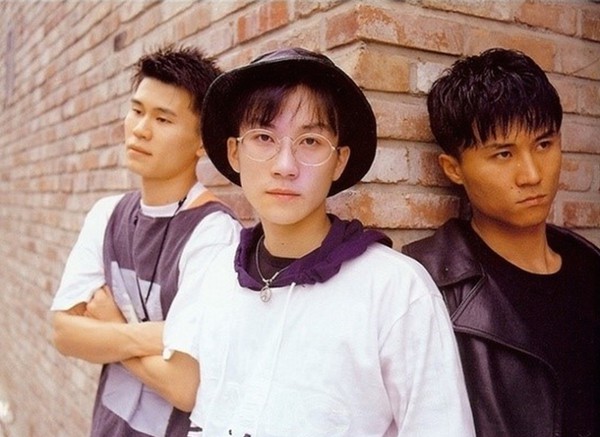
From 1995 to 2000: Hip-Hop Meets Pop
Even if you’ve never heard of Seo Taiji before now, you almost certainly know of one of his bandmates—Yang Hyunsuk, the founder of YG Entertainment. He established the company in 1996 and began debuting a number of hip-hop groups. The most successful were 1TYM and JINUSEAN.
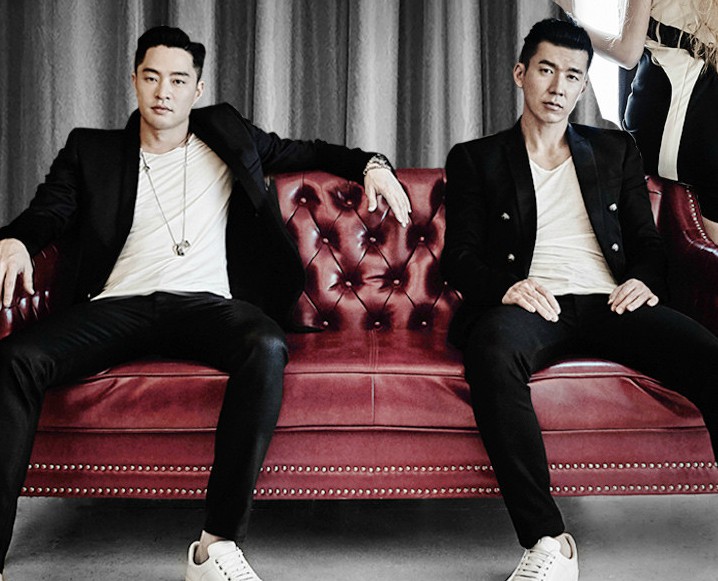
SM Entertainment was also formed around the same time and started debuting its own boy groups. H.O.T debuted in 1996, and Shinhwa debuted in 1998. Both groups released music that had hip-hop influences as well as pop music directly aimed at attracting a sizeable fanbase.
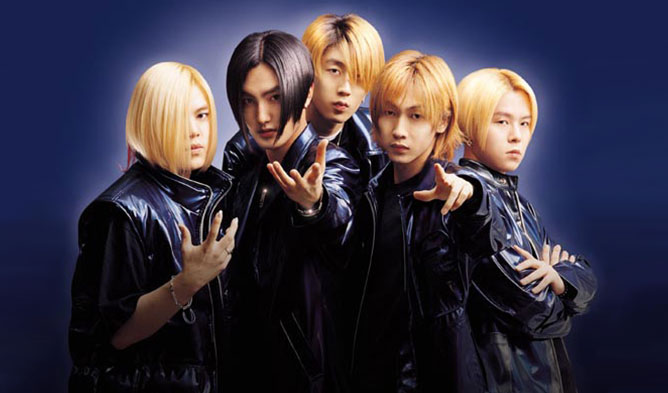
From 2001 to 2005: The Boyfriend Concept
When SM Entertainment saw the success of songs like H.O.T’s “Candy” (a bubblegum pop anthem), they took the concept and ran with it. This was around the time when K-Pop companies began recruiting and training stars in the format you know today.
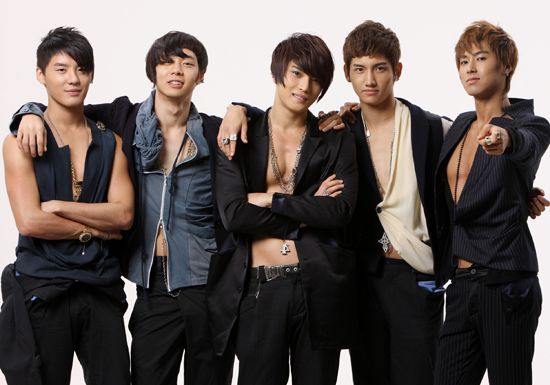
One of TVXQ’s earliest hits was “Hug”, a soft and bright pop song. The lyrics centered on professing their love for a girl, and the music video was equally sweet. This concept—idols who you want to date—dominated the industry over the era.

From 2006 to 2010: The Edgy Concept
K-Pop boy groups really started to take off around this time. This had its pros and cons for rookies. On one hand, they had a bigger potential audience than ever before. On the other, it was harder to stand out. That’s when some groups began taking a step away from the sugar-sweet boyfriend vibe in order to differentiate themselves.
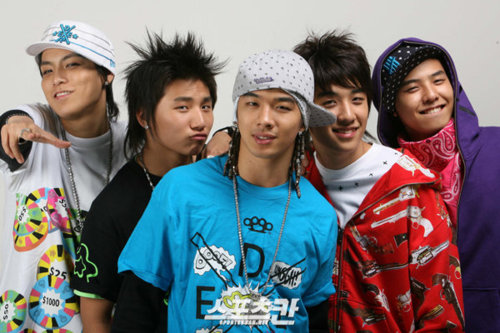
BIGBANG’s “Lies” is one of the defining songs of this era. An EDM beat and strong rap brought an edge to the music itself, while the music video depicted a love interest literally committing murder.
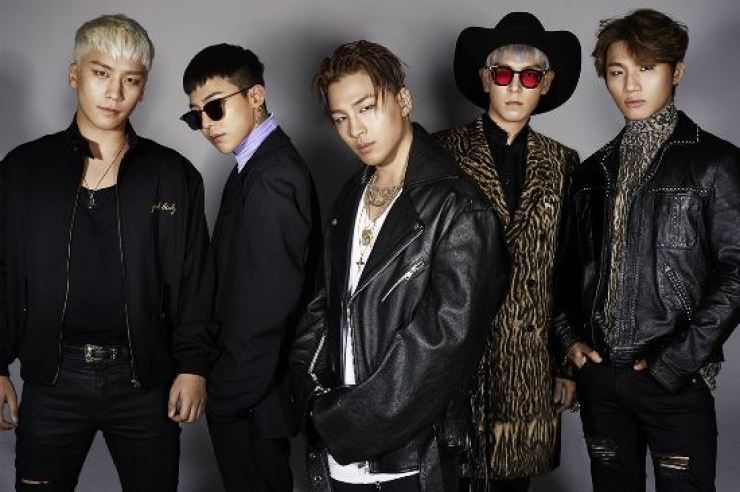
From 2011 to 2015: The Socially Aware Concept
Those who are outsiders to K-Pop often brush off the whole genre as “fake”. Music from this era proved that’s definitely not the case, as groups began bringing more real-life issues into their music.
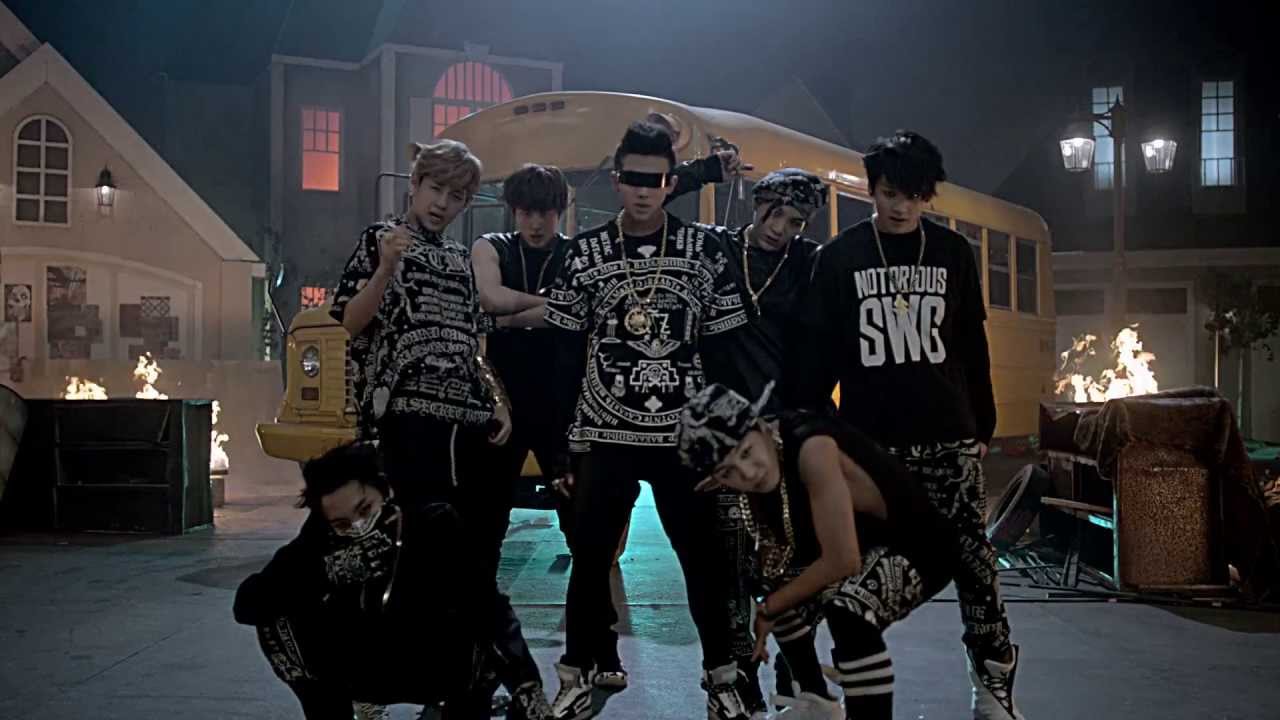
BTS debuted back in 2013 with a marked hip-hop influence to their sound, calling back to the very first days of K-Pop. Their concept, however, was something unique. Their debut single, “No More Dream”, focused on the conflict of having a dream your parents don’t believe in.
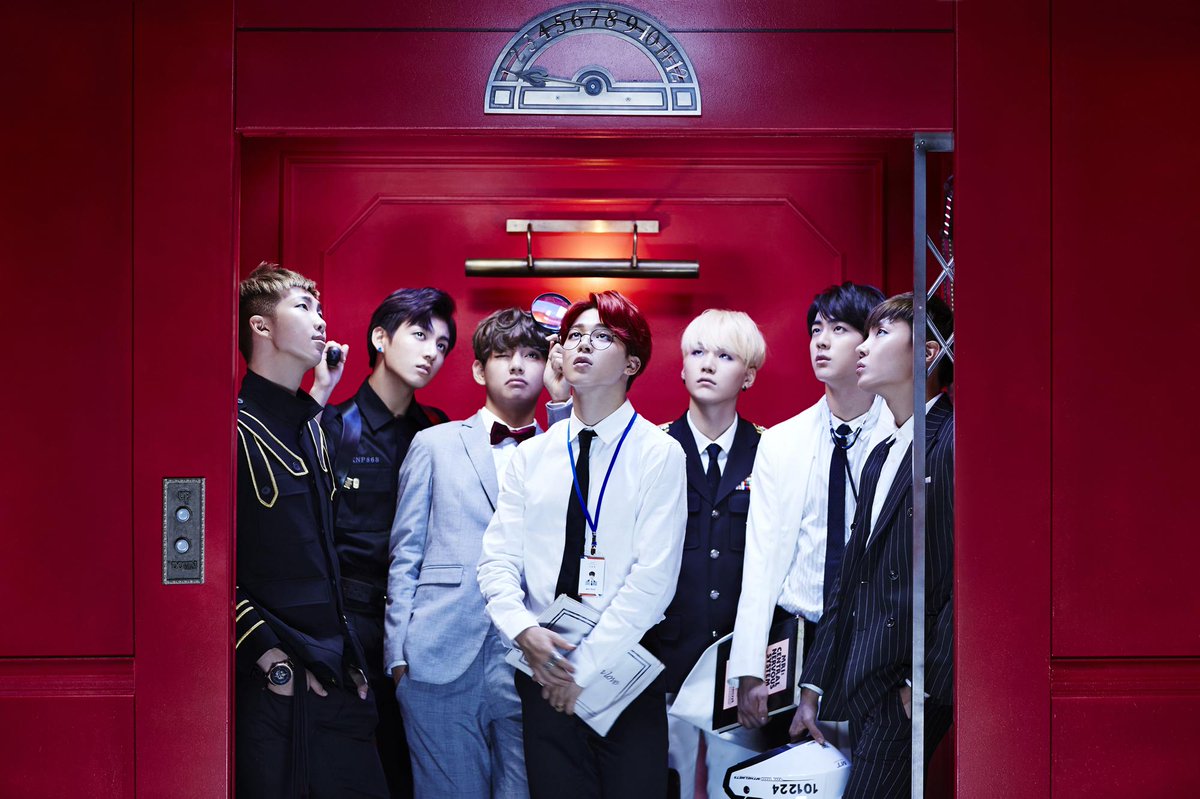
From 2016 to Now: The Everyday Guy Concept
So, what’s the defining concept of K-Pop boy groups right now? In a way, you could say it’s more of an anti-concept. Instead of building groups around specific themes (like “boyfriend” or “rebellion”), many boy groups of today feel more like everyday guys tackling everyday concerns.
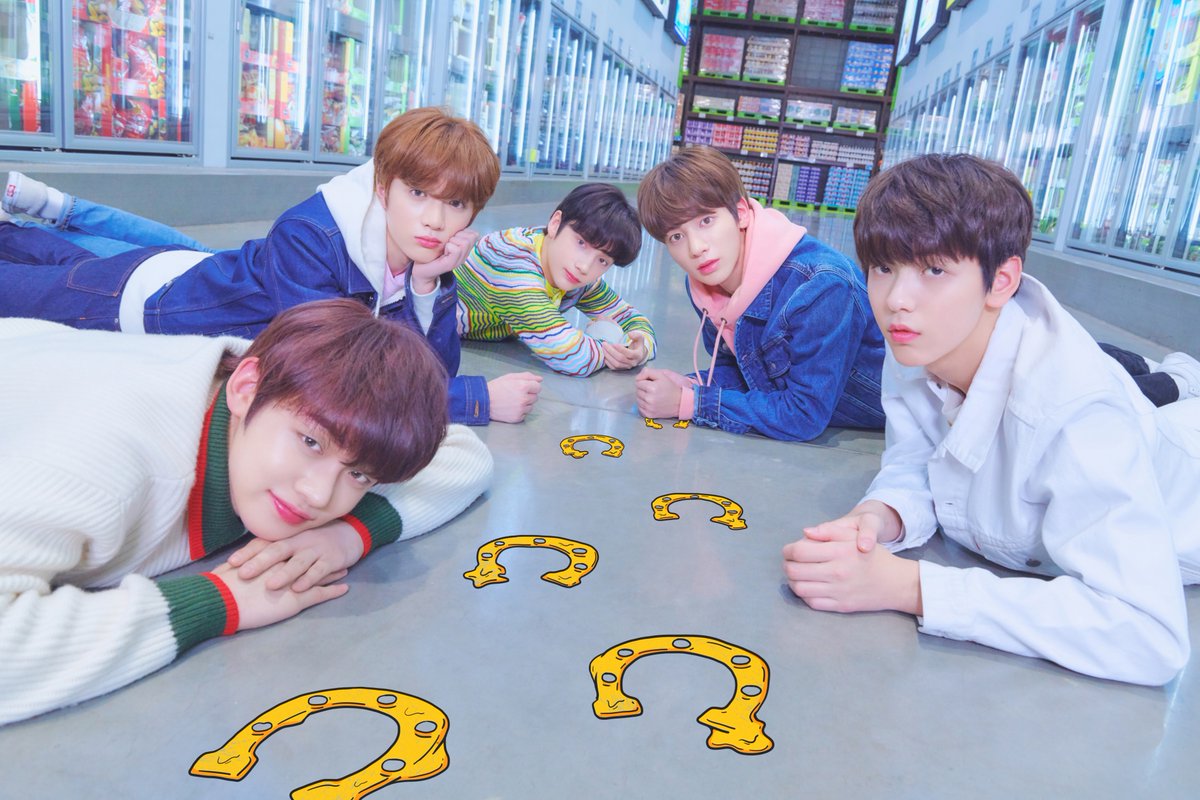
This builds on social consciousness of groups like BTS, so it’s no surprise that their junior group TXT is one group with this vibe. “Run Away”, for example, may have a magical theme, but its lyrics center on a misunderstood teen.
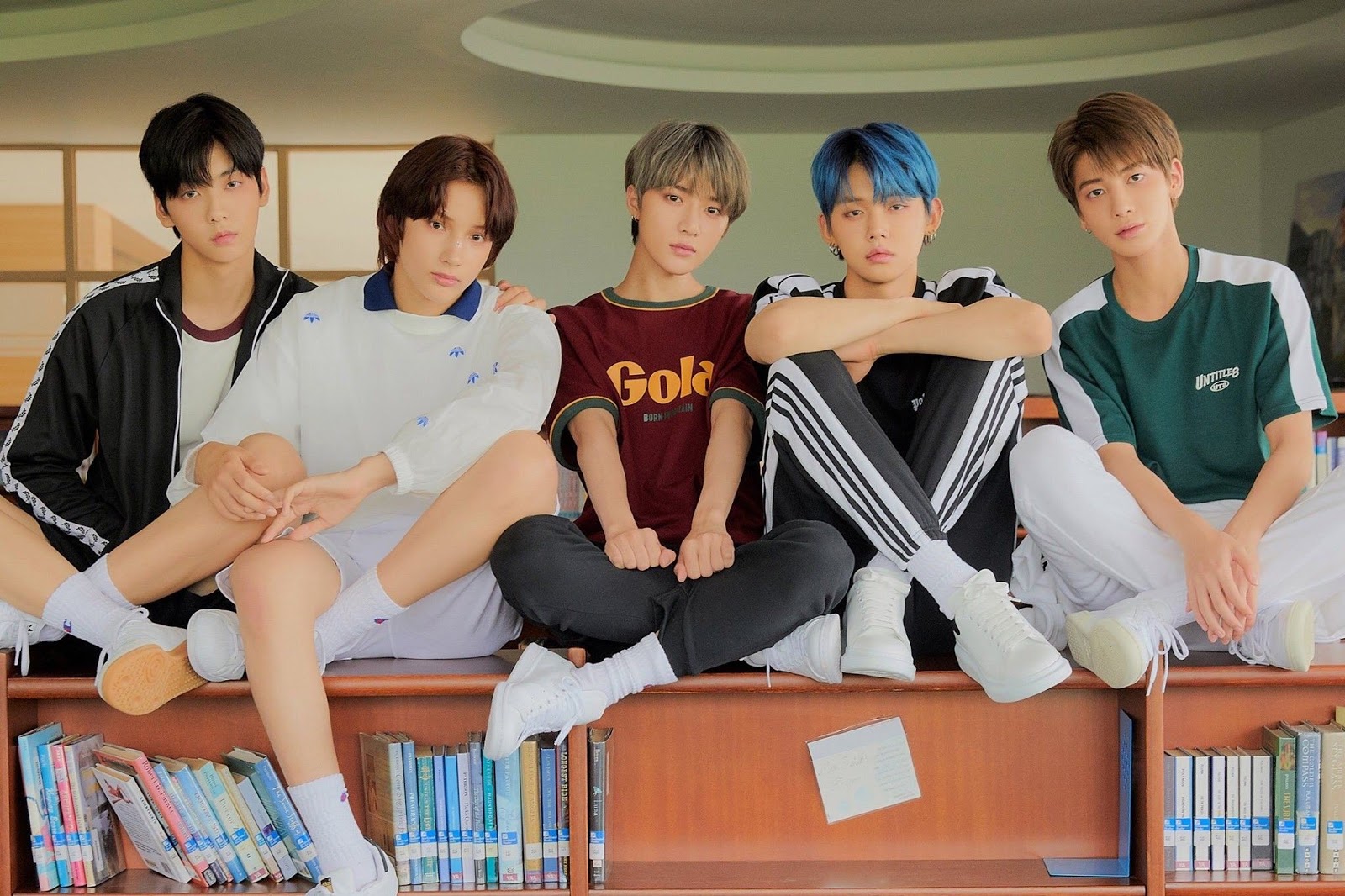
Source: Koreaboo
Comments